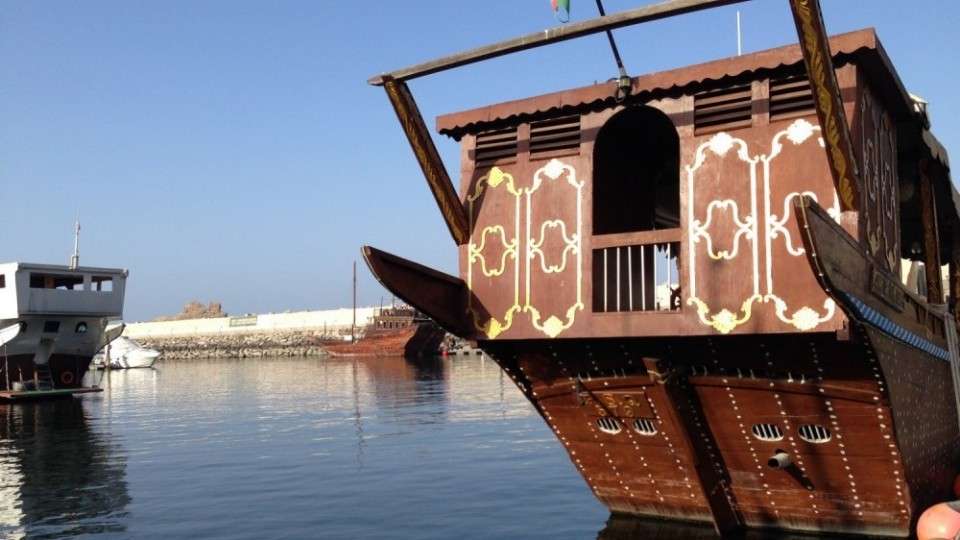Jerash Archaeological Site
Jerash, a city in northern Jordan, famous for its Roman ruins. The archaeological site is popular for tourists, second only to Petra.
Located some 48 km (30 miles) north of the capital Amman, Jerash is known for the ruins of the Greco-Roman city of Gerasa. It is sometimes misleadingly referred to as the “Pompeii of the Middle East”, referring to its size, the extent of excavation and level of preservation, though Jerash was never buried by a volcano. Jerash became an urban centre during the 3rd century BC and a member of the Federation of Greek cities known as the Decapolis, “ten cities” in Greek.
Jerash prospered during the 1st century BC as a result of its position on the incense and spice trade route from the Arabian Peninsula to Syria and the Mediterranean region. Jerash was a favourite city of the Roman emperor, Hadrian, and reached its zenith in AD 130, flourishing economically and socially. The city began to decline in the 3rd century, later becoming a Christian city under the rule of the Byzantine empire. The Muslims took over in AD 635, but the final blow to the city was dealt by Baldwin II of Jerusalem in AD 1112 during the Crusades.
The Visitor’s Centre is located at the entrance to the archaeological park. The site is poorly signposted, so be sure to pick up a map to orient yourself and understand what you are seeing. The ruins are fairly extensive, but it’s not hard to see everything in a matter of hours. It is unlikely that visitors will miss anything important, but some of the notable sites are:
Forum (Oval Plaza) – an unusually wide, asymmetrical plaza at the beginning of the Cardo (or Colonnaded Street), built in the 1st century AD. The Oval Plaza is 80 m by 90 m (262 ft by 295 ft) and is enclosed by 160 Ionic columns.
The Cardo – a 600 m (660 yards) collonaded street that runs the length of the city. It was once lined with the city’s major buildings, shops and residences. A complex drainage system lies below the stone paving. Look for chariot tracks in the stone.
Agora – the city’s main food market, which has a central fountain.
Nymphaeum – an ornate public fountain that was decorated with lions heads and dedicated to the nymphs.
Temple of Artemis – impressive temple ruins dedicated to the patron goddess of the city.
South Theater – an amphitheatre that seats up to 3000. It is occasionally used today for concerts and musical productions. Daily features include bagpipers in traditional Jordanian military dress.
Jerash Archaeological Museum – features a collection of artefacts found during excavation, including coins, statuary and sarcophagi.
Some initial ruins are outside the core city and are viewable free of charge:
Hadrian’s Arch – built in 129 AD to mark Emperor Hadrian’s visit, this was intended to become the new southern gate of the city.
Hippodrome – a partially restored Roman-era stadium. At only 245m long and 52m wide, it was the smallest hippodrome in the Roman Empire.
Modern Jerash sprawls to the east of the ruins, sharing the same city wall. Thankfully, the ruins have been carefully preserved and spared from encroachment.







